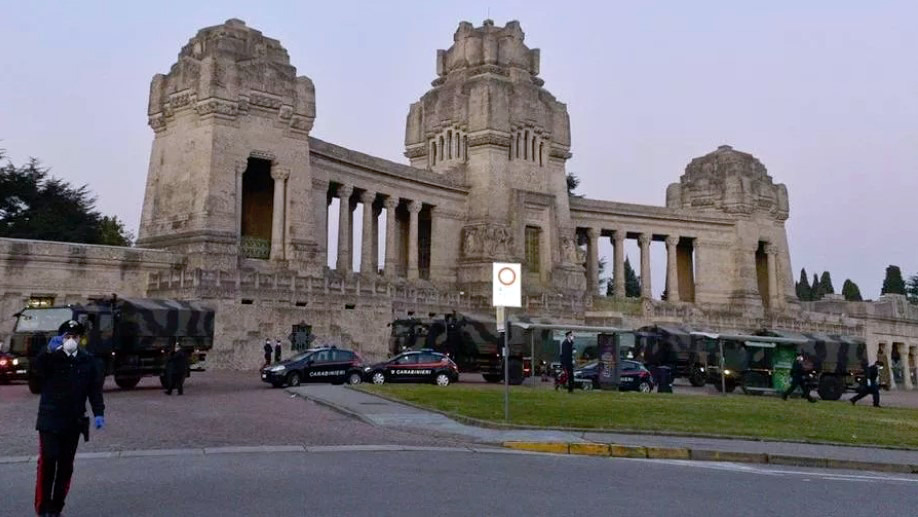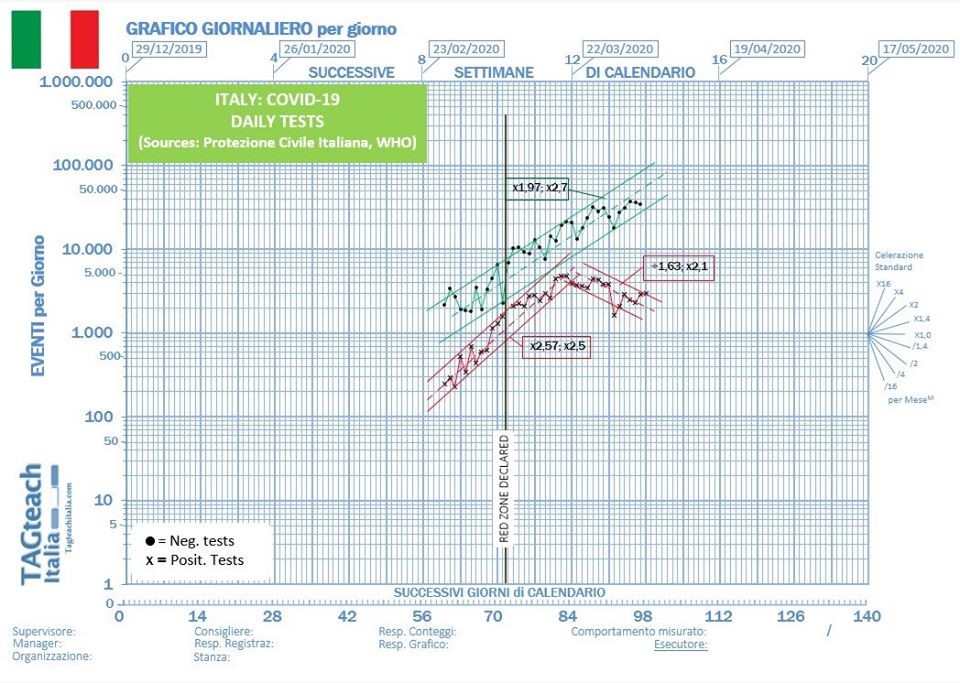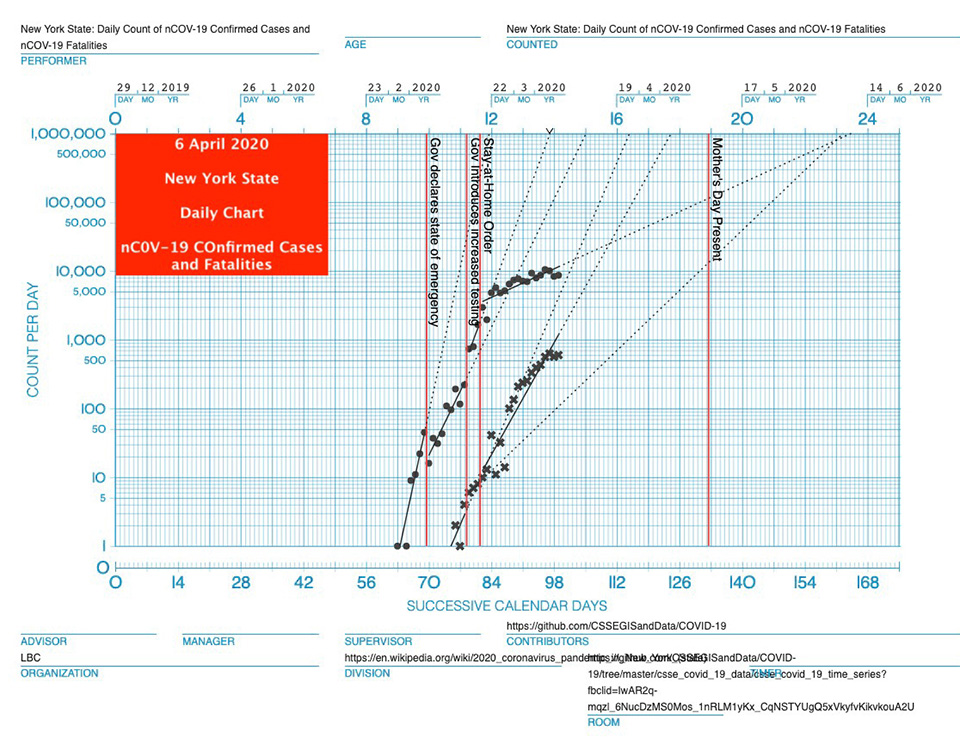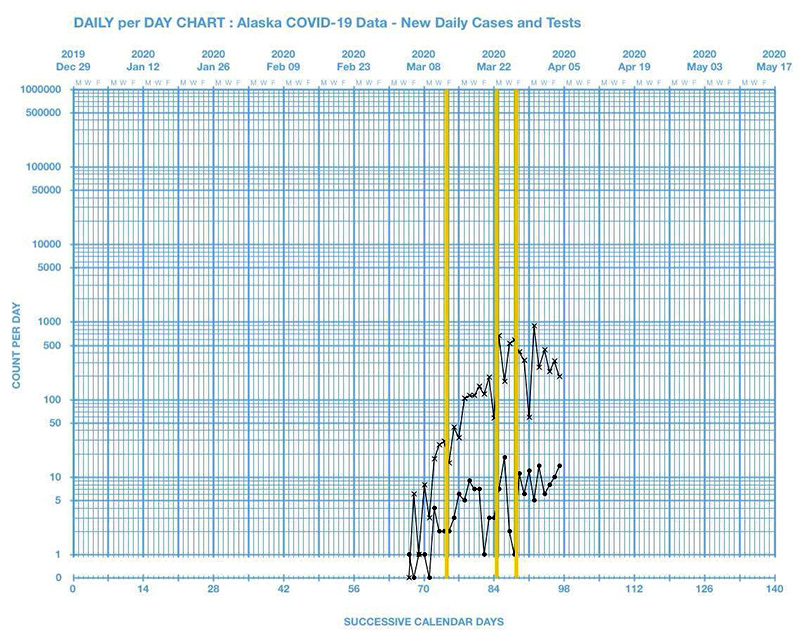A Blog of Flashbacks 2020 Corona Virus Pandemic
April 2020
I sit here during the 2020 corona virus pandemic in my study in a small, cozy town in Southeast Oregon. I look out the window by my desk to see the mountains and hills around me. My husband and I came down here after my readings at Fisher Poets Gathering 2020 in Astoria, Oregon, my tenth year of Fisher Poets’ readings. We come back to his childhood home at least once a year. It’s furnished with a few things from his parents, but mostly with the furniture I inherited from my parents and my childhood home. This modified Cape Cod two-story house, with a full finished basement, appeals to my New England roots. I like this desert location as much as I like our ocean location in Southeast Alaska. With a carefree mien, I walk hills and mountains every day in this sagebrush, Ponderosa pine, and alkali lake country…until suddenly we found ourselves in the middle of the twenty-first century pandemic.
Our plan was to go back to Alaska on March 31. It didn’t happen. Both Oregon and Alaska have stay-in-place orders. We are very lucky we have a comfortable house here that we’re both used to. We go for daily walks with my eventual goal to walk to the top of Black Cap, 6,400 feet from the 4,800-foot town level, a six-mile round trip hike, if my memory serves me correctly. Even though there is a gravel road, it is a hike up and back.
Up until these past weeks, I thought plagues were history book material—the Black Plague, yellow fever, the Spanish flu to mention only three of so many in the recorded history. The Black Plague came to Europe from China in the 14th century, from which 60 percent of Europe’s population died. May that not occur in the world today. In my lifetime, I never thought of polio, swine flu, or Ebola as plagues, but they were. AIDS, yes, that was a plague, but I guess I thought of these illnesses as a wide and fast-spreading disease. Today’s COVID-19 is the one in my lifetime that seems like a plague with today’s word pandemic.
Like all of us, I have lived in history and will continue to do so. I remember the radio broadcasts of World War II, one cousin’s husband dying, another arriving at the door in his Navy officer whites. I remember seeing the Korean War sailors walk 8th Street in Manhattan. I remember watching the news of the Vietnam War, only to marry a Vietnam veteran a couple of years later. I dreamed about 9/11 five days before it happened and was clinically depressed for a month afterward. That was too near my home in Greenwich Village with the added fact that people had attacked my country.
Now my country has been attacked again. This time not by bombs and destruction of Pearl Harbor and the World Trade Center, but by a disease that has now affected the world, a disease that on April 4 has half that world on stay at home orders. We have no cure. We are fighting an invisible enemy with inadequate supplies. We lack the munitions, the trained people to combat this unknown enemy whose growth is far more rapid than its decline. It is a black and white science fiction movie from the 50s.
COVID-19. Even though I was young, I lived history in World War II. Now I live history again.. This is our Black Plague. With a different name and much more advanced science, this is COVID-19, another one for the history books my great-grandchildren will read. It is one that a grandchild researches for a school project these weeks while she sits at home with her brother as they are unable to ski the mountains, unable to socialize and play with friends. It is one where my grandchildren walk the dog alone. It is one where my third grandchild walks a neighbor’s dog…alone.
I am back to being a 3- and 4-year-old nestled in my father’s lap surrounded by family as we listen to Churchill and Roosevelt on the news. I am back to where I didn’t fully understand what was happening other than the world was at war. Now I understand that we are at war not with men who are different from us. We are at war with a virus that knows no origin or neutral borders. We are at war with an unknown enemy and people are dying left and right.
Ogden Lindsley was my doctoral advisor at the University of Kansas. Two of his ancestors and one of mine came over on the Mayflower. We grew up in New England about 40 miles and two decades apart. When I was three, he was a flight navigator in the US Army Air Corps. His plane was shot down in the Albanian Alps. He was taken a German POW, escaped, and, like so many from World War II, came home to make the world a better place. Ogden received his PhD under Skinner at Harvard and went on to develop the standard celeration chart. This gives individuals all over the world the opportunity to chart COVID-19 cases, deaths, positive and negative test results, and ICU beds in their various countries. I’ll show you a few charts. All the charts have the same grid. There is no changing what’s on the left and what’s on the bottom to make the numbers look bigger or smaller. No fancy playing around to make information look better on these charts.
In this blog post, I don’t want to look at emotions that people feel. However, it is impossible not to. I looked at many pictures from Bergamo, Italy and around the world. I listened to Andrea Bocelli’s Easter concert in Milan. As a counterbalance and to keep me levelheaded, I look at data from all over, data so many have charted from different countries and areas within those countries. I read history books about other plagues. This helps me, and hopefully you, to view objectively all this information coming at us. I want to look at it the same way I know that 2 + 2 = 4, that 4 x 2 = 8, that we have 50 US states and 195 countries.
First, a few words of explanation…all these charts are standard and they all show growth and decline in the same way. In the COVID-19 situation, they show fast growth and slow decline. In all these cases, we can also draw an envelope. That gives us a frame for the data. All the charts I show here, and many more, are located at https://www.facebook.com/groups/607784656443292/. They are all calibrated the same, so you don’t have to do any mathematical gymnastics to compare data. Luca, Abby, and Andrew just use different print versions of the same standard celeration chart.
I’ll show COVID-19 charts from Italy that Luca Canaver charts daily. Since I live in Alaska I’ll show you Alaska’s chart, which Abigail Twyman updates daily. For comparison, I’ll also show you New York’s, which Andrew Livanis keeps.

Here’s one reality from Bergamo, Italy. Military trucks, like our deuce and a halves, lined up to collect the dead and take them to the crematorium in another town. Photographs are one way to look at the information. They are a way to produce emotion. Charts are another way to look at the same reality more objectively. The information on Luca’s charts from Italy is from February 20 through April 4, six weeks. This chart shows COVID-19 cases in green and deaths in red. It shows the tragic, steep rise for four weeks, a ten-day leveling off, and finally a slow decline in cases and deaths. When I look at the recent data, I’m no longer holding my breath but am cautiously hopeful.

Like Governor Cuomo, we in the standard chart community were all nervous while Italy’s cases (green) grew. As the line began to level, we held our breath. Yes! It leveled. Then it decreased. The same happened with the deaths in red. Again, please note that the rise in COVID-19 cases is far faster than its decline, a quadruple in growth (or 400% per week) and a mere decrease of a ÷1.1, or 10% per week.
Next we see the tests continue to increase (green) and those testing positive also increase. But wait! Tests continue to increase and now Italy has fewer positive results!

To me, and to others who know nothing about the charts we use, several have said to me, “Now I can see we will get through this.”
Hopefully, New York’s chart, which Andrew Livanis keeps and updates, will begin to look like Italy’s very soon. We all know Governor Cuomo would like that. Since I grew up in Westchester County and Manhattan part of my childhood, and still have many friends there, I would love to see cases and deaths decline. So would they. So would the governor. Here’s a picture of two places I lived in Greenwich Village—the tall off-white apartment building in the background and Washington Mews, a one-block mews (old stables) from the late 1800s.
As you can see, though, as of Monday, 6 April, New York State has slowed—it has a less steep celeration, but the cases have not started to go down. So far, as of April 13, cases and deaths have each leveled off, but neither has not started to decelerate as Italy’s, Austria’s (not shown here) and South Korea’s (not shown here) have.


I keep track of these charts because I love numbers as much as I love words. I find them both fun to play with, and even when the work is tough, I like working with them, whether they are about learning to read, do math, learn French, help people change feelings, monitor national budgets, or COVID-19.
Yes, I know I’m very fortunate to have this comfortable other place in Oregon to be able to call home and stay here especially now. It is my husband’s childhood home and has been in the family for 65 years. It holds more stories than we know. We’ve found things from even before his parents moved in. When my used ski boots needed some leather treatment, husband Robert went to the workshop and found a can of whale oil. No one has that on a shelf these days! But we do, and it’s still there for good leather boots for skiing and hiking. In keeping with flashbacks, this is not only the house where my husband grew up, but it is also the house where he left for Vietnam and where he returned to. It is home. Yet where we live in Alaska is also home for both of us. It is far from a lot of people and we have plenty of room to wander and explore. Living under quarantine, we take long walks in the country. Yesterday we went on a logging road far from town. Here we have Ponderosa pines and Robert stands next to one.

In winter, our town’s main road in the Alaska forest looks like this. I may have grown up in New England and cities, but my favorite spot is in the woods or at the sea. In either Alaska or Oregon woods, we are protected from the pandemic. Not completely, I still have concerns, but to see deer (Oregon) or moose (Alaska) walk through our property comforts me. To see snow on Gustavus’s main road comforts me.

Now let’s look at Abby’s charts of Alaska. Keep in mind it is half the physical size of “Outside” as we call the rest of you down there, but we have only 740,000 people, fewer people than live on Manhattan Island. Except for Anchorage, Fairbanks, Juneau and a few other smaller cities that hold half the population of Alaska, we all live in the bush or the forest. We live far from one another with lots of space. Further, our governor said that if we are out of state and not an essential worker, don’t come back yet. Stay put. We’ll happily follow that direction.
Abigail Twyman’s daily chart of Alaska shows the total negative tests, the top line marked with x. The bottom line, marked with a dot shows the number of cases. You can see how much slower Alaska’s cases are growing than Italy’s or New York’s were initially. I’d rather be in the wilderness of Alaska or Oregon. I feel much safer every day and especially now. My New York friends won’t come visit me because it’s too wild wherever I live. However, I’m not trapped in my dwelling. I have a big yard in Oregon and several acres of woods in Alaska. I can go for long hikes anytime and not see another soul other than my husband who is my walking partner.

Yesterday as I sat at my desk, suddenly I saw an Army deuce and a half drive by headed the two blocks to the hospital. I’ve never seen a military anything in Lakeview. Our closest instillation is an Army National Guard Unit in Redmond, over 200 miles away. The Oregon Army National Guard has deployed people and a mobile army hospital to Lakeview. The county has 43 negative tests, 2 pending, and no active COVID-19 cases yet. But they are here to help the county hospital and citizens when we need them. Thank you. I appreciate that.
To all, be safe and stay well.
My two nonfiction books dealing with flashbacks are The Night Orion Fell (2012) and The Soul of My Soldier (2015).

|
